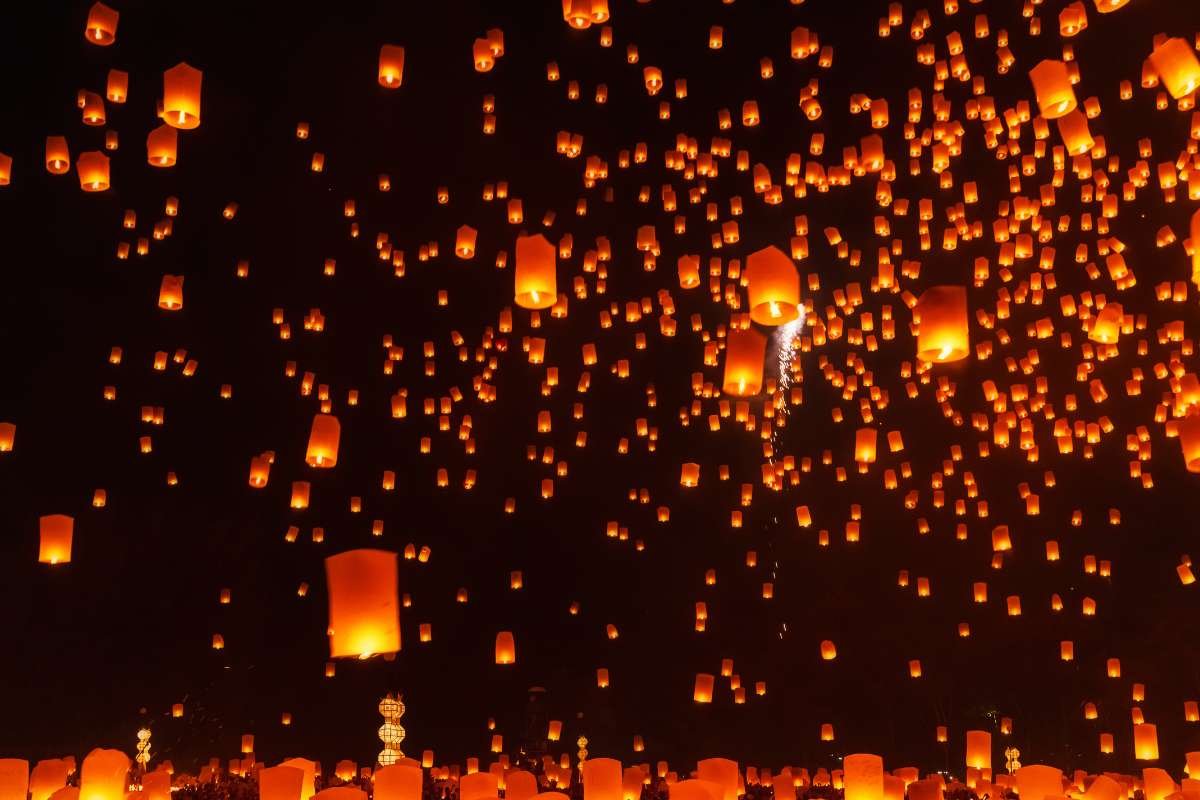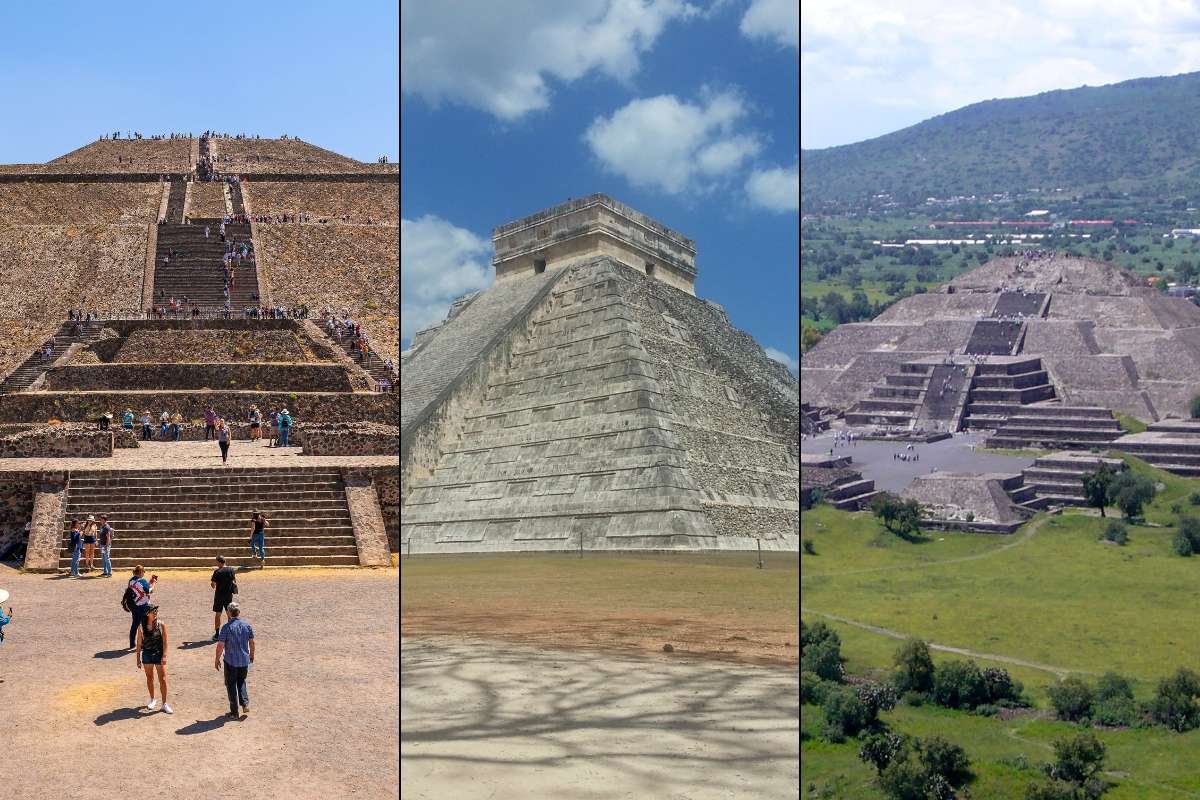Martial arts have fascinated people around the world for centuries, serving as combat systems and avenues for discipline, self-confidence, and personal growth. Their global appeal continues to grow, with millions engaging in martial arts for reasons beyond fighting skills. Children learn respect through Karate while adults master self-defense through Krav Maga, finding value in these practices in various settings, including Olympic arenas and fitness studios.
But with hundreds of styles available, a common question arises: Which are the most popular martial arts in the world today?
In this guide, we rank the top martial arts based on global participation, cultural influence, professional competition presence, and real-world utility. Whether you’re a curious beginner, a parent choosing a style for your child, or a fitness enthusiast seeking the perfect match, this list will help you make an informed choice, backed by real-world insights and expert research.
Why Martial Arts Remain a Global Trend?
Martial arts are not just about fighting. They’re holistic disciplines that enhance physical conditioning, mental resilience, and spiritual growth. Whether someone is seeking weight loss, stress relief, self-confidence, or practical self-defense skills, martial arts offer a proven path.
What distinguishes the most popular martial arts is their accessibility, strong cultural presence, and visibility in media, sports, or fitness communities. From Olympic competitions to MMA arenas and Hollywood blockbusters, martial arts have carved out a significant space in modern culture.
Which are the most popular Martial Arts?
Figuring out the most popular martial arts in the world can be challenging. While some martial arts have organizations that help select national teams, it’s often hard to know how many people practice each one.
To rank martial arts, we decided to use ‘interest’ as our main measure. This means we looked at which martial arts people search for the most online. The interest data is only about the search data, not any other source. To gather this information, Google Trends has helped in showing how interest has changed over time.
Martial arts is a diverse world. To get a complete picture, we tracked five more major styles, some traditional, some modern, to see how they fare in popularity and public interest.
Here’s what the second half of the data reveals:


Let’s understand these martial arts.
Top 10 Most Popular Martial Arts in the World

1. Karate

- Origin: Okinawa, Japan
- Year: 17th–18th century (formalized in early 20th century)
- Levels: White to Black belt (typically 10 kyu to 10 dan levels)
- Training Includes: Kihon (basics), Kata (forms), Kumite (sparring), and conditioning
Karate, which means “empty hand,” is a traditional Japanese (Okinawan) striking art emphasizing punches, kicks, blocks, and strikes with open hands and elbows. It’s built on three pillars: kihon (basics), kata (pre-set forms), and kumite (sparring). Though primarily about striking, older styles also teach throws and joint locks. Beyond physical techniques, karate encourages personal development like discipline, focus, balance, and respect for others.
2. Taekwondo
.jpg)
- Origin: Korea
- Year: 1940s–1950s (officially standardized in 1955)
- Levels: White to Black belt (usually 10 color belts before black; 9 black belt dans)
- Training Includes: Kicks, blocks, forms (Poomsae), breaking, and sparring
Originating from Korea, Taekwondo literally means “the way of foot and fist.” It emphasizes high, fast, and spinning kicks, alongside punches and blocks. As a modern martial art, it’s widely practiced in over 200 countries and is an Olympic sport. Taekwondo integrates physical training with mental and ethical growth, following systematic patterns (poomsae or forms) and progressive belt systems.
3. Judo

- Origin: Japan
- Year: 1882 (founded by Jigoro Kano)
- Levels: White to Black belt (color belts vary, usually 6 kyu before black)
- Training Includes: Throws (Nage-waza), pins, submissions, and randori (free practice)
Judo, meaning “gentle way,” is a modern martial art and competitive sport from Japan, founded by Jigoro Kanō in 1882. Centered on throws, pins, joint locks, and chokes, it emphasizes using balance and leverage over brute strength. Judo is both an Olympic discipline since 1964 (men) and 1992 (women), and continues to evolve for both self-defense and sport.
4. Kung Fu

- Origin: China
- Year: Over 1,500 years ago (evolved from ancient Chinese combat systems)
- Levels: Sash or belt rankings vary by school and style (not standardized)
- Training Includes: Strikes, stances, forms, weapon training, meditation
“Kung Fu” (Gōngfu / Wǔshù) is a broad Chinese umbrella term referring to centuries-old martial arts from China. Literally “skill cultivated through effort,” it spans styles from Shaolin to Tai Chi, each with unique forms, philosophies, and training methods. Kung Fu blends self-defense, health practices, mental discipline, and cultural heritage.
5. Muay Thai

- Origin: Thailand
- Year: 16th century (modern form codified in the 20th century)
- Levels: Armband system (Prajioud) in some schools; not universal
- Training Includes: Clinching, elbow strikes, knees, kicks, pad work, sparring
Known as “the art of eight limbs,” Muay Thai is Thailand’s national sport and heritage, crafted hundreds of years ago for warriors in battle. It uniquely uses fists, elbows, knees, and shins in striking, plus clinching, sweeps, and throws. Known for its effectiveness and low-guard style, Muay Thai became globally recognized in the late 20th century.
6. Kickboxing

- Origin: Japan and the USA
- Year: 1950s–1960s (blending Karate and Western boxing)
- Levels: No universal belt system; some gyms use Muay Thai-style armbands
- Training Includes: Punches, kicks, footwork, combinations, sparring, conditioning
Kickboxing is a hybrid combat sport combining boxing punches and martial arts kicks. Born in the 1960s–70s in Japan and the U.S., it blends elements of Karate, Taekwondo, and Muay Thai. The sport focuses on striking with hands and feet, emphasizing fitness, speed, agility, and mental toughness. It’s a full-body workout with cardio, coordination, and stress-relief benefits.
7. Boxing

- Origin: Ancient Greece (modern form from England)
- Year: Modern boxing developed in the 1700s
- Levels: No belt system; fighters are ranked by amateur/pro/professional levels and weight classes
- Training Includes: Punching techniques, footwork, combinations, bag work, sparring
Boxing, often debated as a martial art, is firmly martial when viewed as a system of combat: precise punching, footwork, defense, rhythm, and tactical nuance. It emphasizes speed, power, accuracy, and discipline—using mental strategy and respect, mirroring more traditional martial arts.
8. Wrestling

- Origin: Ancient civilizations (Egypt, Greece, India)
- Year: Over 4,000 years ago; Greco-Roman form codified in the 19th century
- Levels: No belts; categorized by style (freestyle, Greco-Roman) and weight class
- Training Includes: Takedowns, pins, control techniques, drills, live wrestling
With roots in ancient civilizations, wrestling is among the world’s oldest martial arts. Its focus on takedowns, pins, balance, leverage, and control makes it a pure grappling discipline. It demands explosive power, precise technique, and mental discipline, aligning with most popular martial arts traditions.
9. Brazilian Jiu-Jitsu (BJJ)

- Origin: Brazil (from Japanese Jiu-Jitsu and Judo)
- Year: Early 1900s (popularized in the 1990s)
- Levels: White to Black belt (for adults); includes stripes and kids’ belts
- Training Includes: Ground control, submissions, sweeps, positional drills, rolling (sparring)
BJJ evolved from Judo and traditional Jujutsu, focusing on ground fighting and submissions like joint locks and chokes. Known for the principle of “the gentle art,” it empowers smaller practitioners to control or submit larger opponents through technique and leverage. It’s a core element in MMA and grappling competitions worldwide.
10. Sumo

- Origin: Japan
- Year: At least 1,500 years ago (officially organized in the Edo period, 1603–1868)
- Levels: Professional ranks (Rikishi ranks from Jonokuchi to Yokozuna)
- Training Includes: Rituals, shiko (leg stomps), balance drills, pushing techniques
Sumo is Japan’s ancient and ceremonial wrestling style, with near-religious significance rooted in Shintō rituals. Competitors aim to force opponents out of the ring or onto the ground. Professional sumo follows strict traditions—ritual purification, ceremonial dress, and rank-based hierarchy. While less widely practiced outside Japan, sumo’s cultural depth is unmatched, and its power-based grappling is respected globally.
How to Choose the Right Martial Art for You?
With such a diverse range of styles available, how do you pick the right one?
Consider your goals:
- For self-defense and real-world application: BJJ, Krav Maga, Muay Thai
- For fitness and flexibility: Taekwondo, Capoeira, Kickboxing
- For tradition and philosophy: Karate, Kung Fu, Judo
- For sport and competition: MMA, Taekwondo, Judo
Think about accessibility and availability: Some disciplines are more widespread than others in different regions. Visit local dojos or gyms, attend trial classes, and talk to instructors before committing.
Tips on Getting Started with the Most Popular Martial Arts
Once you’ve decided on a style, here’s how to begin your martial arts journey:
- Find a Certified Instructor: Look for trainers with legitimate backgrounds, competitive experience, or affiliations with recognized organizations.
- Invest in Basic Gear: Uniforms (GI), gloves, mouthguards, and pads are typically needed.
- Focus on Fundamentals: Don’t rush into sparring; mastering the basics is key.
- Track Your Progress: Whether through belts, personal goals, or competitions, keep yourself motivated.
- Be Consistent: Progress comes with time. Make martial arts a weekly commitment.
Safety and learning go hand-in-hand. A good school prioritizes both.
Conclusion
The world of martial arts offers something for everyone, whether you’re drawn by ancient traditions or the thrill of competition. The most popular martial arts continue to evolve, blending heritage with innovation and attracting practitioners from every walk of life.
Regardless of the style you choose, the journey itself is transformative. You’ll gain not just physical strength, but also confidence, discipline, and mental clarity—traits that extend far beyond the dojo.


















